.
I guess this is the END of the story really !
Blogging is DEAD it seems, perhaps I should have NEVER tried to re-awaken this blog, it was obviously a BIG Mistake
seemed like a good idea at the time to post a few new albums, re-vitilise a few others, re-post some links, but the lack of comments and the inability to check the download numbers on Dropbox make the exercise WORTHLESS.
So, that's it the BLOG dies herewith.
Sorry to all those that HAVE enjoyed the music, found missing treasures and been re-united with old friends work, it was always nice to get your emails and stories.
Thank you,
Gonzo.








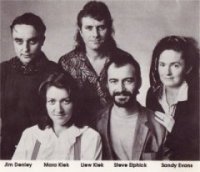
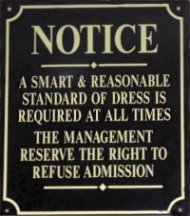.jpg)
.jpg)


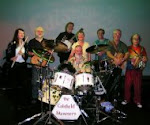
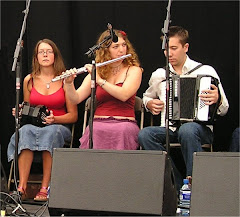
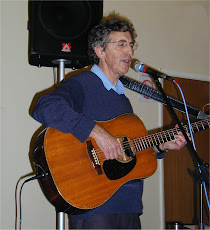
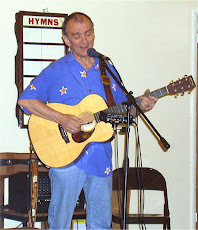
.jpg)
.jpg)
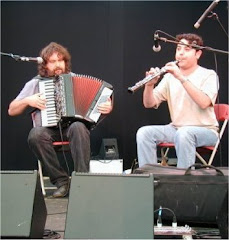.jpg)
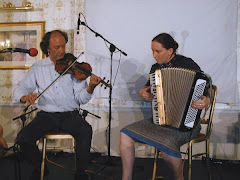.jpg)
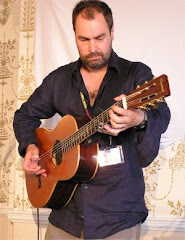.jpg)
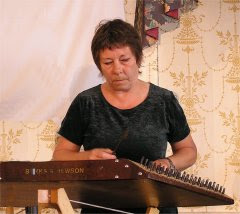.jpg)
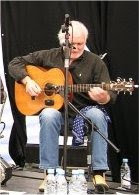.jpg)
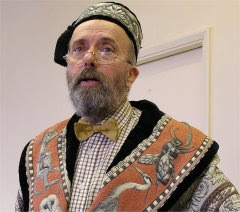.jpg)
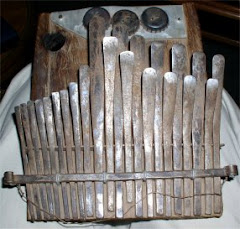.jpg)

